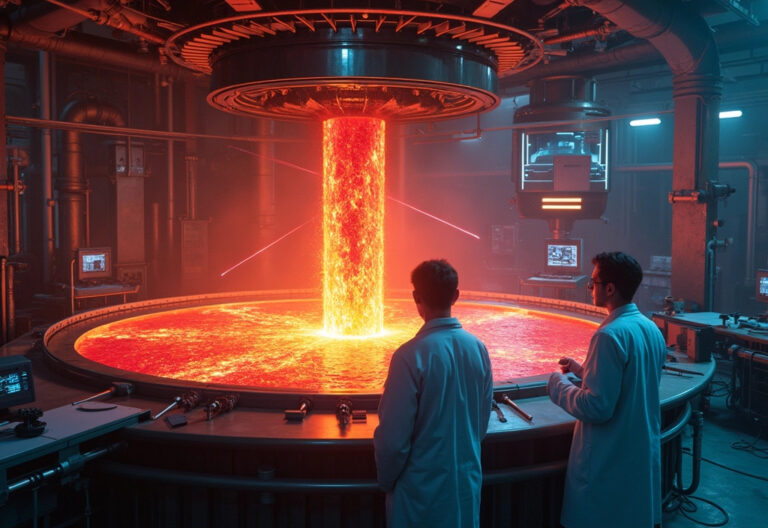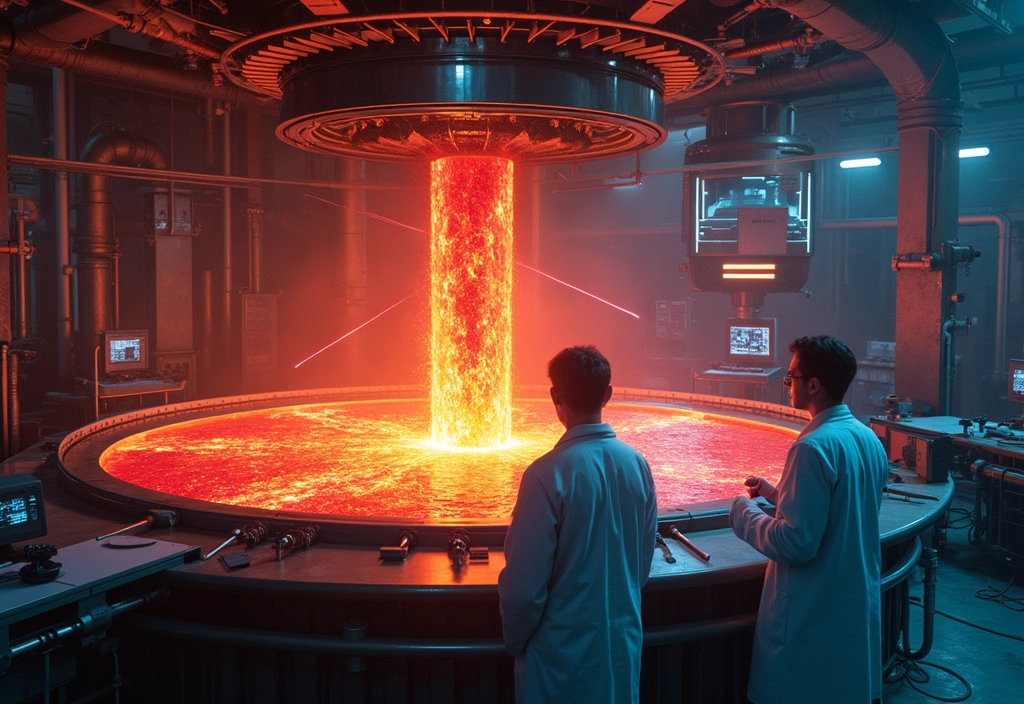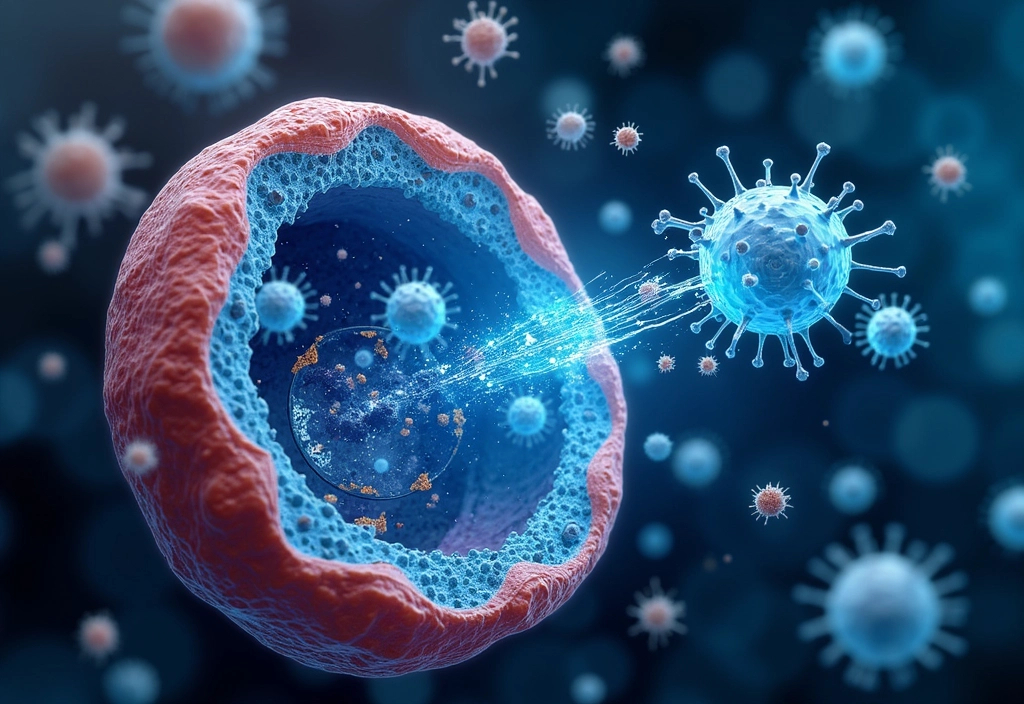MSU Scientists Discover Deep-Soil Microbes That Help Purify Water
In a breakthrough that could change how we think about life beneath our feet, scientists at Michigan State University (MSU) have found a new type of microbe. This group, named CSP1-3, lives deep in the Earth’s soil. It may play a big role in keeping our water clean and our soil healthy.
What Is the Critical Zone?
The microbes were found in a layer called the Critical Zone. This zone stretches from treetops to several hundred feet underground. It supports key processes like water filtering, soil formation, and nutrient flow. These processes are vital for growing food and keeping the environment balanced.
Most studies focus on the top few feet of soil. However, this research went much deeper—up to 70 feet—revealing life we didn’t know existed.
A Hidden World of Microbes
Led by Professor Emeritus James Tiedje, the team collected deep-soil samples from Iowa and China. They found that CSP1-3 microbes were not only present but thriving.
Interestingly, genetic clues suggest that these microbes came from water environments like hot springs or lakes. Over time, they moved into soil and adapted. That’s what makes this find so exciting—it shows how life evolves in surprising ways.
Moreover, CSP1-3 isn’t just surviving. In some soil layers, it makes up over half of all microbes. That’s a rare level of dominance, especially deep underground.
Why This Discovery Matters
These microbes are more than just an interesting find. They help clean water by breaking down carbon and nitrogen that seep through the soil. This means they may act like a natural water filter deep below the surface.
Here’s why that matters:
- Cleaner groundwater: These microbes could help remove pollutants naturally.
- Healthier soil: They support nutrients that help plants grow.
- Better climate data: Including them in models may improve our understanding of soil’s role in climate change.
In short, CSP1-3 could become key to keeping our land and water in balance.
What Comes Next?
The MSU team plans to grow these microbes in the lab. This will help them learn more about how CSP1-3 works and what it can do. If successful, it may lead to new ways to clean polluted areas, restore damaged soil, or improve farming methods.
As we look deeper into Earth’s layers, we continue to find amazing things. The discovery of CSP1-3 reminds us that some of nature’s most powerful tools are still hidden underground.
Check out the cool NewsWade YouTube video about this article!
Article derived from: MSU scientists discover new microbes in Earth’s deep soil. (2025, April 7). MSUToday | Michigan State University. https://msutoday.msu.edu/news/2025/msu-scientists-discover-new-microbes-in-earths-deep-soil















